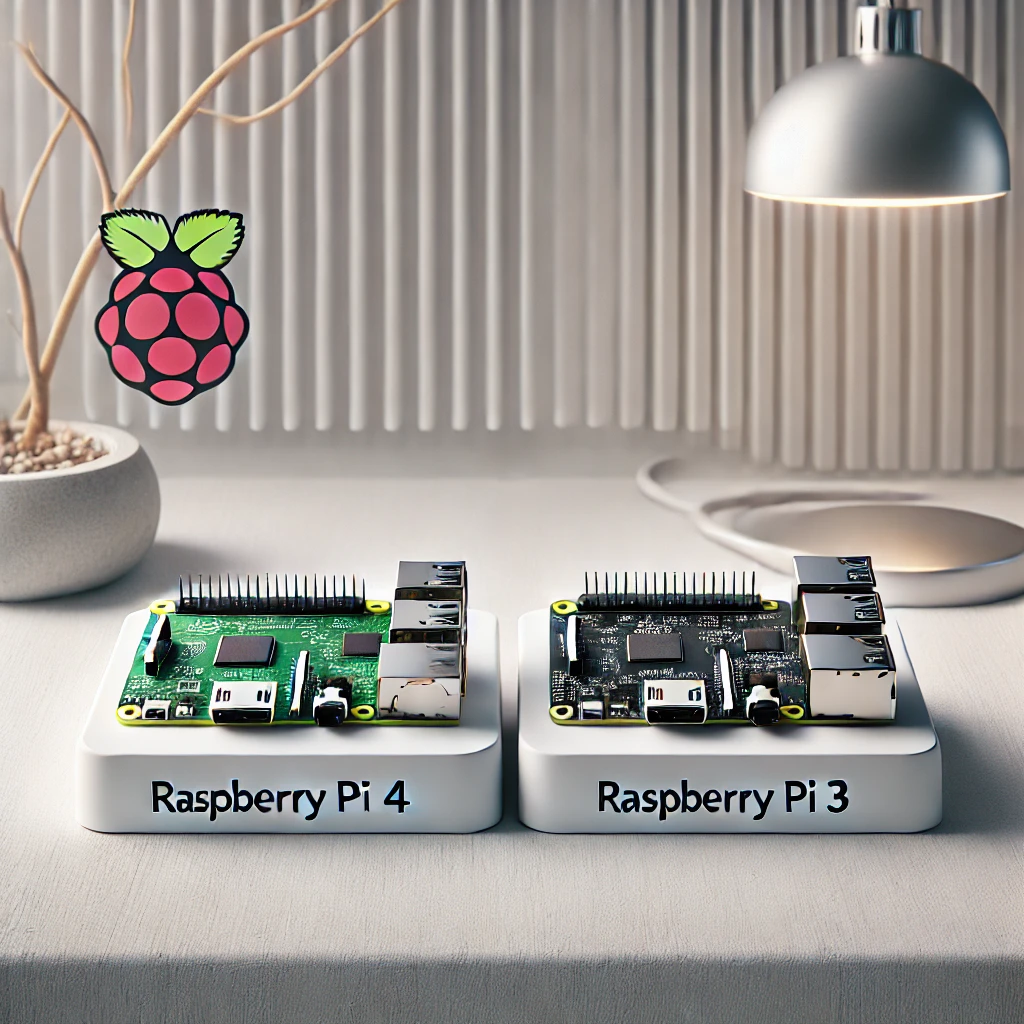Learn how to configure Banana Pi as a VPN gateway, providing encrypted, secure, and private remote access to your network, ensuring data privacy and protection.
In an era where data breaches and cyber threats are increasingly common, ensuring secure and private access to your network is more important than ever. The Banana Pi offers a powerful solution as a Virtual Private Network (VPN) gateway, allowing users to establish an encrypted connection to their home or office network. With support for advanced VPN protocols like OpenVPN and WireGuard, Banana Pi provides a flexible, cost-effective, and robust way to protect your network data from unauthorized access.
Why Use Banana Pi as a VPN Gateway?
The Banana Pi is equipped with a quad-core ARM processor, multiple USB ports, Gigabit Ethernet, and built-in Wi-Fi, making it capable of handling VPN traffic efficiently. By setting up Banana Pi as a VPN gateway, you can create a secure tunnel for all data transmitted between your devices and the internet, ensuring that sensitive information remains private and protected against cyber threats.
This makes it particularly useful for remote workers who need access to company resources, travelers who want to secure their internet connections, and small businesses that require a cost-effective solution for protecting their networks.
Configuring Banana Pi as a VPN Gateway:
To set up Banana Pi as a VPN gateway, start by installing VPN software like OpenVPN or WireGuard. OpenVPN is widely used and offers strong encryption and compatibility with various devices, while WireGuard is known for its simplicity, high-speed performance, and modern cryptographic protocols.
-
Installing the VPN Software: Begin by installing the Banana Pi operating system, such as Bananian or Armbian, and then install the OpenVPN or WireGuard package using the command line interface.
-
Configuring VPN Settings: Configure the VPN server settings, including encryption protocols, authentication methods, and port forwarding. You can use dynamic DNS services to ensure that your VPN gateway remains accessible, even if your IP address changes.
-
Connecting Devices to the VPN: Once the VPN gateway is configured, you can connect devices such as laptops, smartphones, and tablets by installing VPN client software and importing the configuration files generated by Banana Pi. This allows secure, encrypted access to your network from anywhere in the world.
Enhancing Security with Advanced Features:
Using Banana Pi as a VPN gateway offers advanced security features such as multi-factor authentication (MFA), which adds an extra layer of protection by requiring a second form of verification, such as a one-time passcode or biometric scan. Additionally, you can configure firewall rules to restrict access to specific IP addresses, ensuring that only authorized users can connect to your network.
Banana Pi can also be integrated with intrusion detection systems (IDS) to monitor incoming and outgoing traffic for suspicious activities, providing real-time alerts if any potential threats are detected.
Bandwidth Management and Traffic Optimization:
One of the benefits of using Banana Pi as a VPN gateway is its ability to manage bandwidth and prioritize traffic. This ensures that critical applications, such as video conferencing or file transfers, receive the necessary resources while minimizing the impact on overall network performance. For example, you can configure Quality of Service (QoS) settings to prioritize VPN traffic over other types of internet traffic, ensuring smooth and uninterrupted access to your network resources.
Using Banana Pi for Site-to-Site VPN Connections:
Banana Pi can also be used to create a site-to-site VPN connection, linking two or more networks in different geographical locations. This is particularly useful for businesses with multiple offices, allowing seamless and secure communication between sites. By using Banana Pi as the VPN gateway at each location, employees can access shared resources, files, and applications as if they were all on the same local network, enhancing collaboration and productivity.






